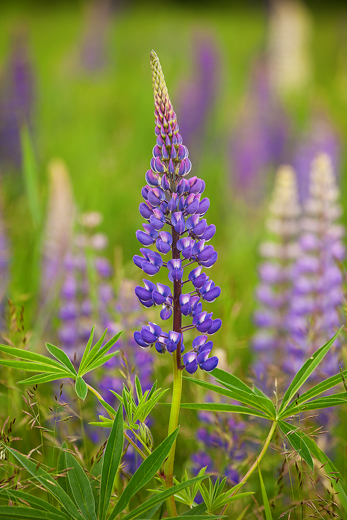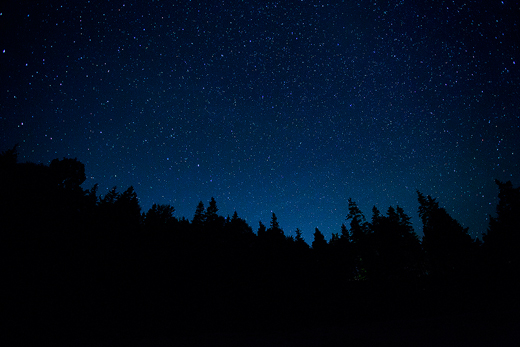
Me and my boy Jack (8) photographing Lupine in Acadia
It’s that time again. Time to reflect on another year spent making photographs and telling stories about family, friends and the landscape here in Maine. As always, during the past twelve months I had the good fortune to be able to spend some quality family time enjoying Acadia National Park, but we also got ourselves a new puppy this winter. I mention this because as regular readers of this blog will know, the puppy has absolutely captured our hearts (and time), and I haven’t been out with the camera much since the fall.
Much of my photography activity this year was spent exploring and experimenting with black and white imagery, though for this post, I’m only going to include twelve of my favorite color photographs. Maybe I’ll do another favorites post after the turn of the year, this time with black and whites only.
* I added the black and white favorites from 2012 post here: https://storiesfromhome.wordpress.com/2013/01/14/i-fell-in-love/
Anyhoo… if interested in seeing more of my work, check out my “official” site at Acadia and Beyond. Thanks to all of you who spent time reading and commenting here on the blog this past year. I’ve enjoyed “getting to know you” and look forward to what will hopefully be a peaceful and safe 2013. Happy holidays to you and yours, and best wishes for a wonderful New Year!

An icy morning spent at Otter Cliffs in Acadia National Park

Frigid temperatures in Acadia

Portland Head Light pre-dawn as a storm moves through

June Lupine in Acadia National Park

The night sky from Sand Beach, Acadia National Park


















































